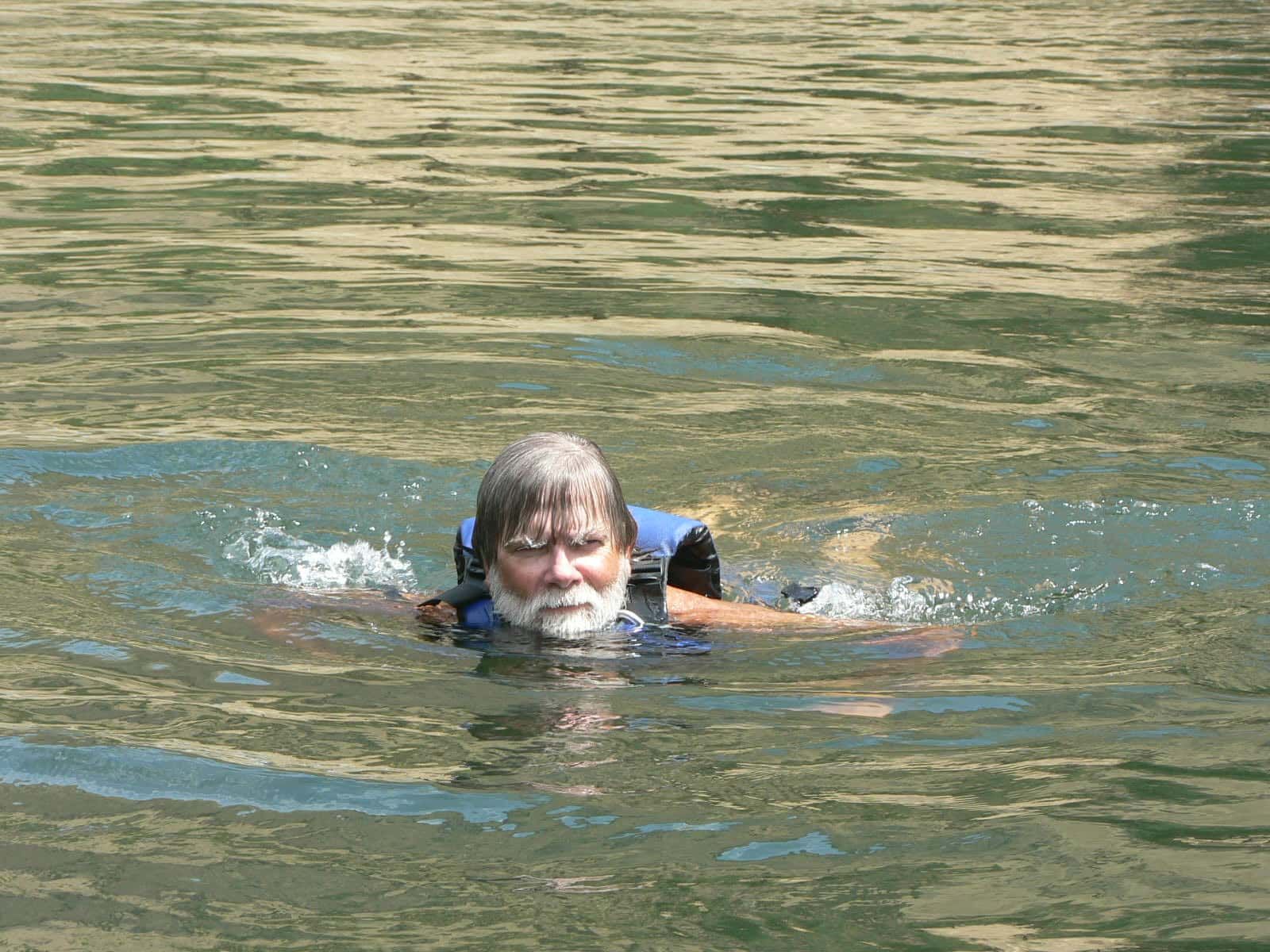How Deep The River Is Right Here
How deep is the river right here? is the #1 most frequently asked question I’ve had in eight years of helping run river trips. I thought it might be helpful to answer it now once and for all, as we settle into the starting blocks for the 2015 river season. If you’re not in the mood for the brass tacks and technical jargon about to go down on explaining this age-old mystery, I’ll spare you and [Spoiler Alert] just cut to the chase right here. The answers are: 16 feet 4 inches, 12 feet 8 1/2 inches and 7 feet 2 inches, respectively.
We have three main squeezes on our dance card at Winding Waters River Expeditions. The Snake River in Hells Canyon, Lower Salmon and Grande Ronde rivers. Those last two both join up with Team Snake in Hells Canyon.
How much liquid is in a river is most often reckoned by cubic feet per second. Cfs. The section of Snake we run is below Hells Canyon Dam. Different amounts of water are allowed to squirt out the dam. On an average summer day in Hells, the cfs might range from, say, 9,000 up to 18-thousand. It depends. Sometimes it’s a pretty regular schedule of up and down. But it can also change in what hydrologists refer to as a jiffy. This here photo shows a boat next to the bathtub ring in Hells Canyon, for an idea of what the different levels can be.
Here’s what it looks like from the top of the concrete spigot at Hells Canyon Dam.
The Salmon does not have someone opening and closing a big valve to control the water, but the ol’ Salmon can jump right up because of rainstorms, warm weather speeding up snowmelt, stuff like that. Same for the Grande Ronde, but the GR does have opposable thumbs at work on the flow because of irrigation water being diverted into all the weed farms popping up after passage of the Cheech & Chong ballot measure last year.
Here’s another ingredient in the recipe of knowing how deep the river is right here. Pool and drop. That’s the thing where a stream goes along for a while — doot-dee-doo — then there’s some rapids. Rar! Quiet time, then whitewater time. Tranquil then rowdy. The rapids are not very deepish. The big calm spots are more deeper. ‘Deepish’ and ‘more deeper’ are science-y terms, but I warned you this would be getting technical. Here’s Morgan bracing himself as he goes into one of the ‘drop’ sections.
Pioneering hip hop artist and Greek philospher Heraclitus is kind of a big deal for pointing out that you can’t step into the same river twice. I mean, you can, technically. I do it all the time. But also technically, he’s right and the fundamental characteristic of the cosmos is change. Or whatever.
What this means for a river guide is that you can scuba dive to the bottom of a spot in the river, take careful measurements and the number you come up with for depth will probably be pretty different the next time you float over the same place. Here’s guide Mike Baird after diving down to check the depth.
OK. With all that in mind, I’ve explained all this in the past, the person who asked has nodded and said, Huh. Then followed up with: So . . . how deep is it right here then?
The Snake River is 16 feet 4 inches deep. The Salmon is 12 feet 8 1/2 inches. And the Grande Ronde is 7 feet 2 inches. It’s different in other places, but right here that’s how deep they are.
I hope this contributes to the overall enjoyment of your trip in Hells Canyon, on the Lower Salmon and the Grande Ronde this river season. Stay tuned for more insider information on river life, as we explore the chemistry of what goes into Riveritas and other fun topics.
See you on the river.
The post How Deep The River Is Right Here appeared first on Winding Waters River Expeditions.










